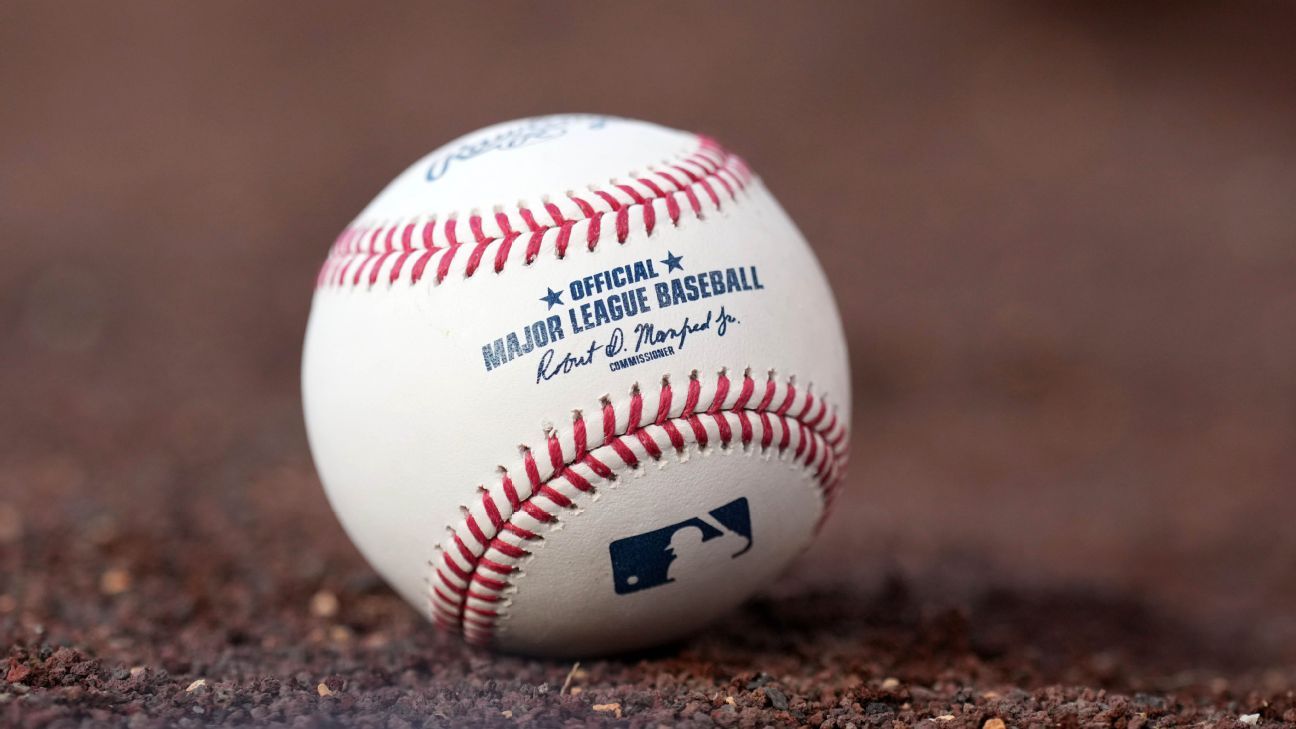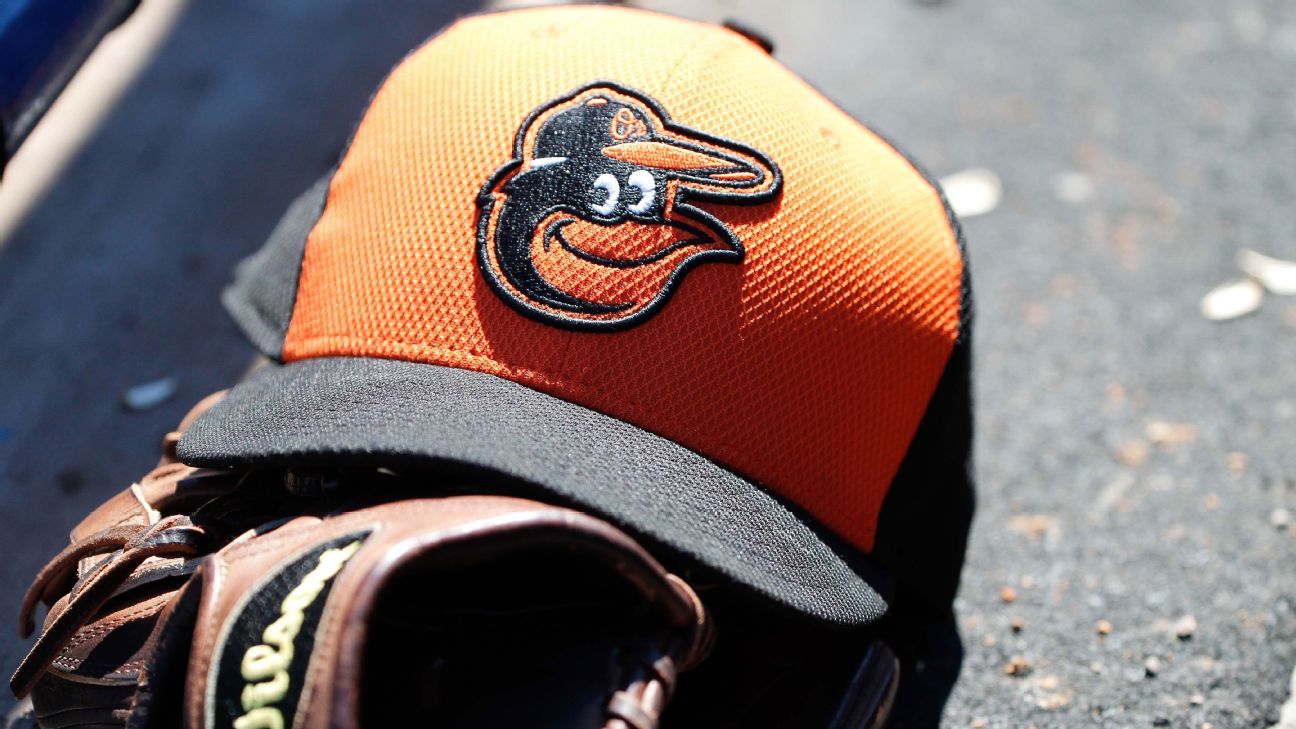
Climate change is making major league sluggers into even hotter hitters, sending an extra 50 or so home runs per year over the fences, a new study found.
Hotter, thinner air that allows balls to fly farther contributed a tiny bit to a surge in home runs since 2010, according to a statistical analysis by Dartmouth College scientists published in Friday's Bulletin of the American Meteorological Society. They analyzed 100,000 major league games and more than 200,000 balls put into play in the past few years along with weather conditions, stadiums and other factors.
"Global warming is juicing home runs in Major League Baseball," said study co-author Justin Mankin, a Dartmouth climate scientist.
It's basic physics.
When air heats up, molecules move faster and away from each other, making the air less dense. Baseballs launched off a bat go farther through thinner air because there is less resistance to slow the ball. Just a little bit farther can mean the difference between a home run and a flyout, said Alan Nathan, a University of Illinois physicist who wasn't part of the Dartmouth study.
Nathan, one of a group of scientists who has consulted with MLB on the increase in home runs, did his own simple calculation, based purely on known physics of ballistics and air density as it changes with temperature, and said he got the same result as the Dartmouth researchers.
Both Nathan and the Dartmouth team found a 1% increase in home run likelihood with every degree the air warms. But the total yearly average of warming-aided homers is only 1% of all home runs hit, the Dartmouth researchers calculated.
Non-climate factors contribute even more to the barrage of balls flying out of the park, scientists and baseball veterans said. The biggest is the ball and the size of the stitches, Nathan said, and MLB made slight adjustments to deaden the ball before the 2021 season. Others include batters' recent attention to launch angle, stronger hitters and faster pitches.
The study started after the end of baseball's steroids era saw a spike in home runs.
Veteran baseball players and executives said the research fits with what they have seen on the field.
"We always felt that way for years," Philadelphia Phillies president of baseball operations Dave Dombrowski said. "When it's warmer, the ball travels more and they have scientific evidence to back that up."
Homers have always varied by ballpark due to factors like dimensions that are friendlier to pitchers than hitters, or vice versa, and wind conditions.
The Dartmouth team found the climate homer effect varied by field too. Chicago's Wrigley Field, which still hosts a lot of day games, has the most warming-homer friendly confines. The statistical analysis found no significant heat-aided homers at Tampa Bay's Tropicana Field, the only full-time domed stadium in the majors.
After a 1-0 victory in Coors Field on Thursday, Colorado Rockies reliever Brent Suter said the study, which mentions more than 500 home runs since 2010, rings true to him.
"Obviously I'm not a fan in any way as a pitcher," Suter said with a laugh. "500 seems a lot, but I could believe it."
The heat is also hard on players and fans, Suter said.
"I remember pitching some games, I was just like, 'This does not feel like normal heat. It's crazy hot,'" he said.
Because baseball has so many statistics and analytics, such as the tracking system Statcast, trends can be seen more easily than other effects of climate change, Mankin said. Still, the scientists can't point to a single homer and say that's a warming-aided home run. It's a detail that can be seen only in the more than 63,000 homers hit since 2010.
Mankin called what's happening "a fingerprint of climate change on our recreation."















 Phone: (800) 737. 6040
Phone: (800) 737. 6040 Fax: (800) 825 5558
Fax: (800) 825 5558 Website:
Website:  Email:
Email: 






